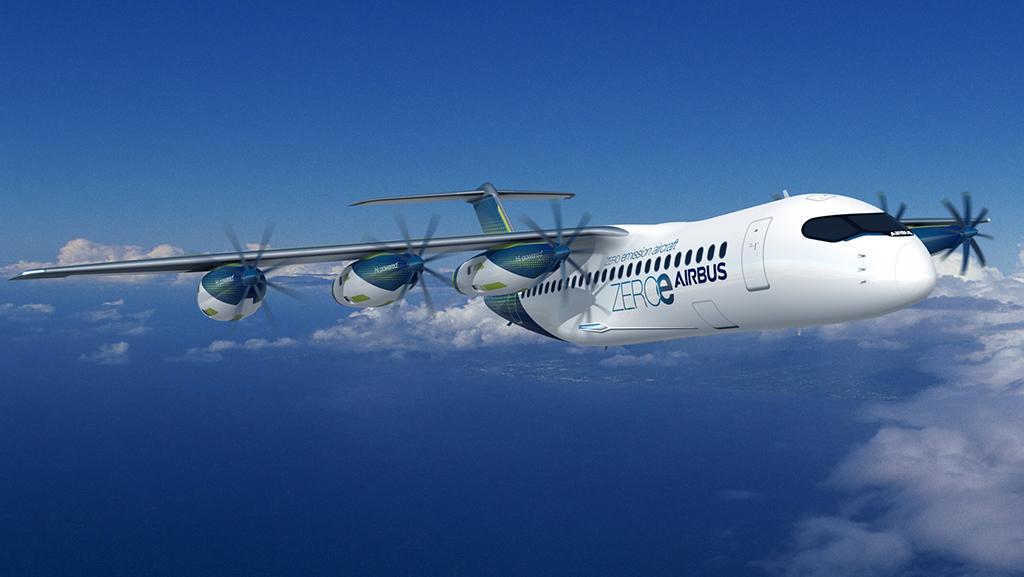
Airbus Zero-e
The leading candidate concept for Airbus’ ZEROe zero-emission commercial aircraft is a turboprop with six propulsion pods, each housing a liquid-hydrogen tank, fuel cell, electric motor and propeller. The aircraft would carry 100 passengers 1,000 nm. Airbus plans to decide on the final ZEROe configuration in 2025, aiming for service entry in 2035.
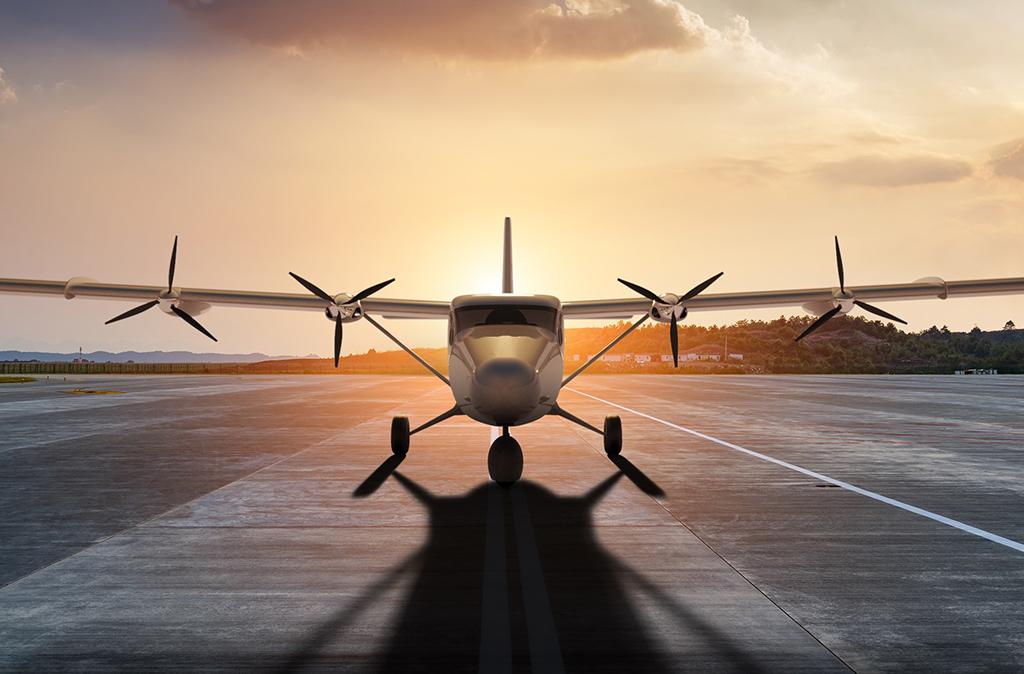
Ampaire Eco Otter SX
Working with NASA, Ampaire is developing a megawatt-class hybrid-electric power train conversion for the 19-seat de Havilland Canada DHC-6 Twin Otter, aiming for supplemental type certification by the end of 2023. With a range of 200-mi.-plus, the Eco Otter SX offers cost savings of 20-30% fuel and 10-25% in maintenance, Ampaire says.
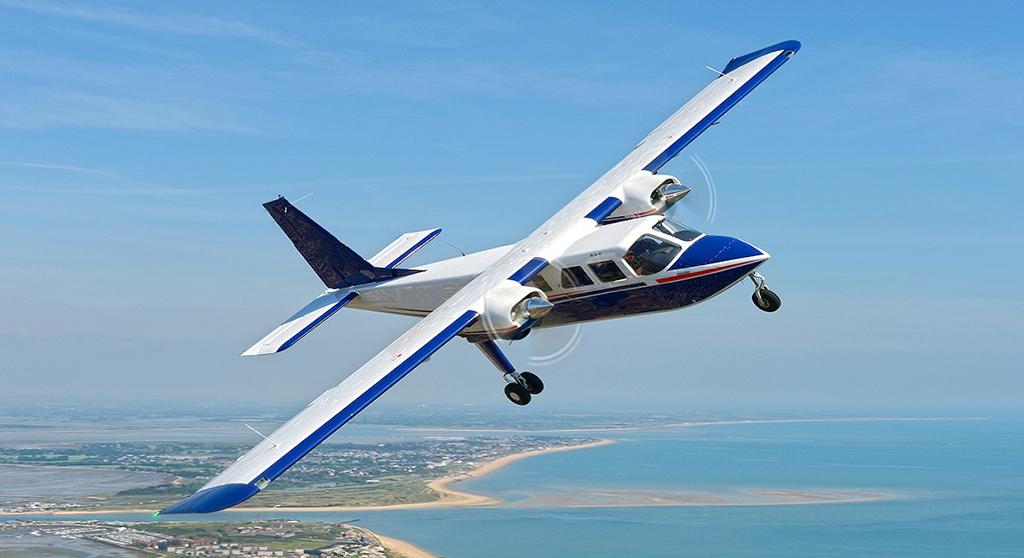
Britten-Norman Islander
Led by Cranfield Aerospace Solutions, with funding support from the UK government, the £18 million ($25 million) Project Fresson is converting the nine-passenger Britten-Norman BN-2 Islander to hybrid-electric propulsion for short-range flights such as interisland routes operated by Scottish regional Loganair. A demonstrator is planned to fly in 2022.
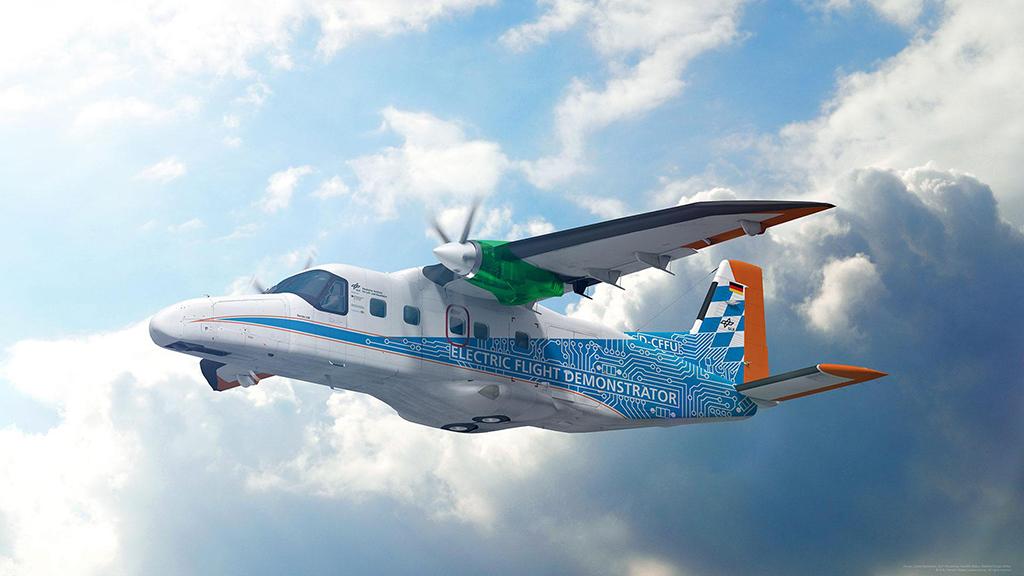
Dornier 228 And 328
German aerospace research agency DLR and MTU Aero Engines are developing a 500-kW hydrogen fuel-cell power train that will replace the Honeywell TPE331 turboprop on one side of a 19-passenger Dornier 228. The testbed is planned to fly in 2026. DLR is also developing a 1.5-megawatt fuel-cell propulsion system that could power the 30-passenger Dornier 328.
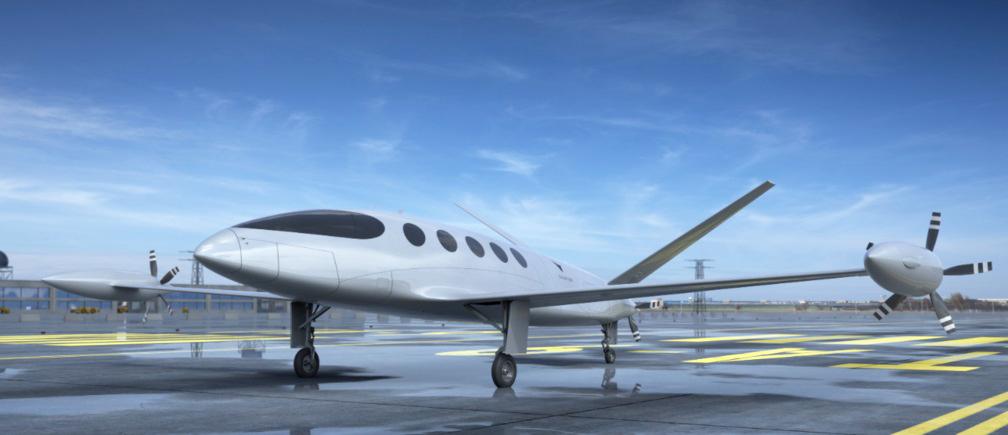
Eviation Alice
The Alice is a clean-sheet 9-passenger all-electric aircraft under development by Israeli startup Eviation. With electric motors developed by sister company MagniX, the battery-powered Alice is planned to fly 440 nm at 220 kt. A redesigned prototype is to be assembled and flown in 2021 at a new U.S. production and delivery facility in Arlington, Washington.
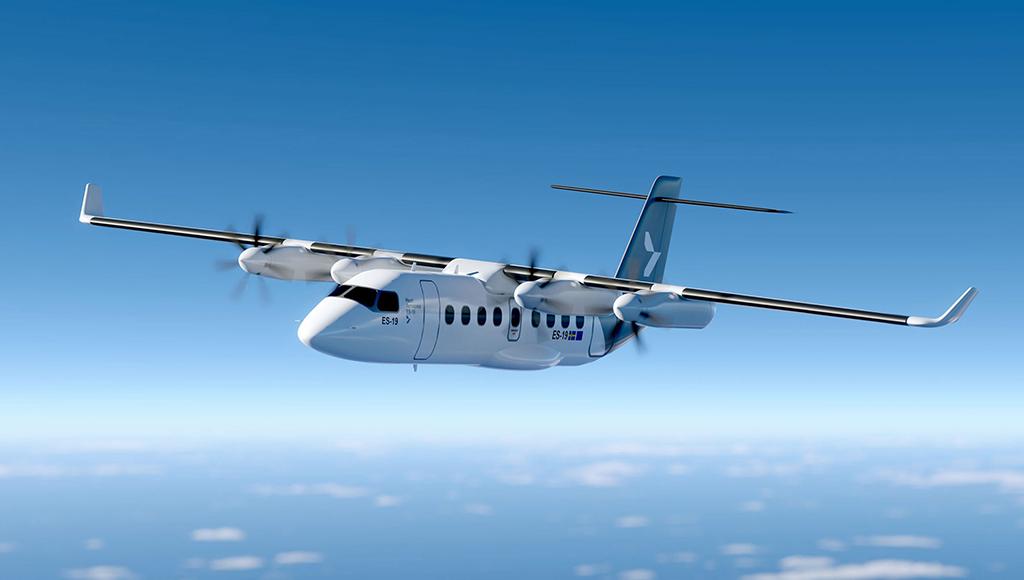
Heart ES-19
Swedish startup Heart Aerospace is developing the ES-19, an all-electric 19-passenger regional airliner, aiming for certification in 2026. The otherwise conventional aircraft has four underwing propulsion pods, each housing a battery pack, 400-kW electric motor and slow-turning propeller. Heart says the ES-19 will have a range of 400 km on available batteries.

MagniX eCaravan
Electric motor developer MagniX is working with Sydney Seaplanes to obtain supplemental type certification (STC) for conversion of the Cessna Caravan, replacing its Pratt & Whitney PT6A turboprop with a 560-kW Magni500 electric motor. MagniX and AeroTEC flew an eCaravan test aircraft in May 2020 and The STC is expected by first quarter 2023.
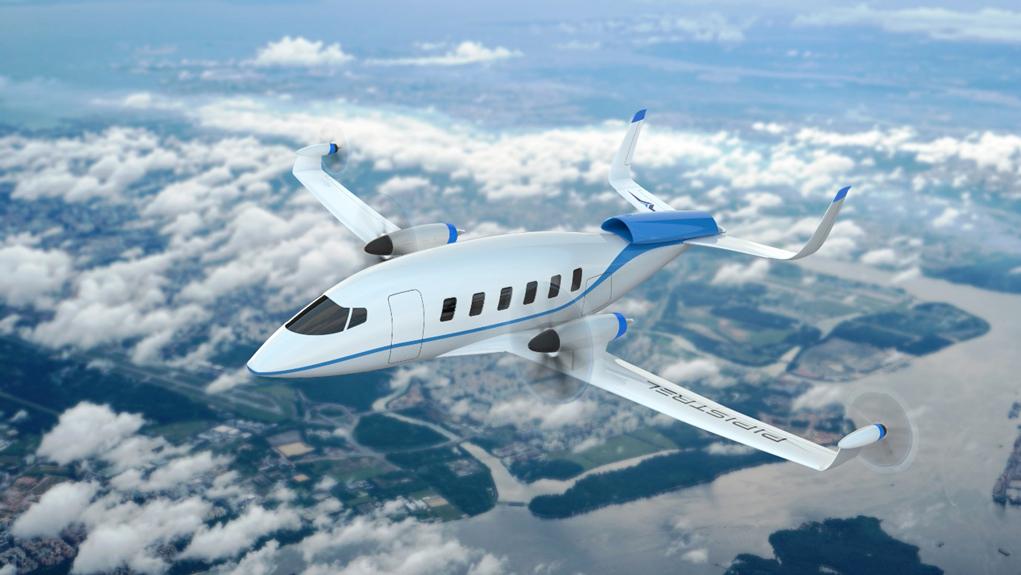
Pipistrel Miniliner
Under Europe’s Mahepa and Unifer19 research projects, Electric aircraft pioneer Pipistrel is studying the concept for a 19-passenger regional aircraft with zero-emission hydrogen fuel-cell propulsion. Planned for service entry in 2026-28, the Miniliner would be able to operate from runways under 1,000 m (3,300 ft.) and fly ranges up to 1,000 km (540 nm).

Tecnam P-VOLT
Italian aircraft manufacturer Tecnam has partnered with Rolls-Royce to develop the 9-passenger P-VOLT, a battery-powered all-electric version of the P2012 Traveller. No timescale or performance has been released. The twin-piston Traveller was certified at the end of 2018 and entered service with launch customer Cape Air in 2019.
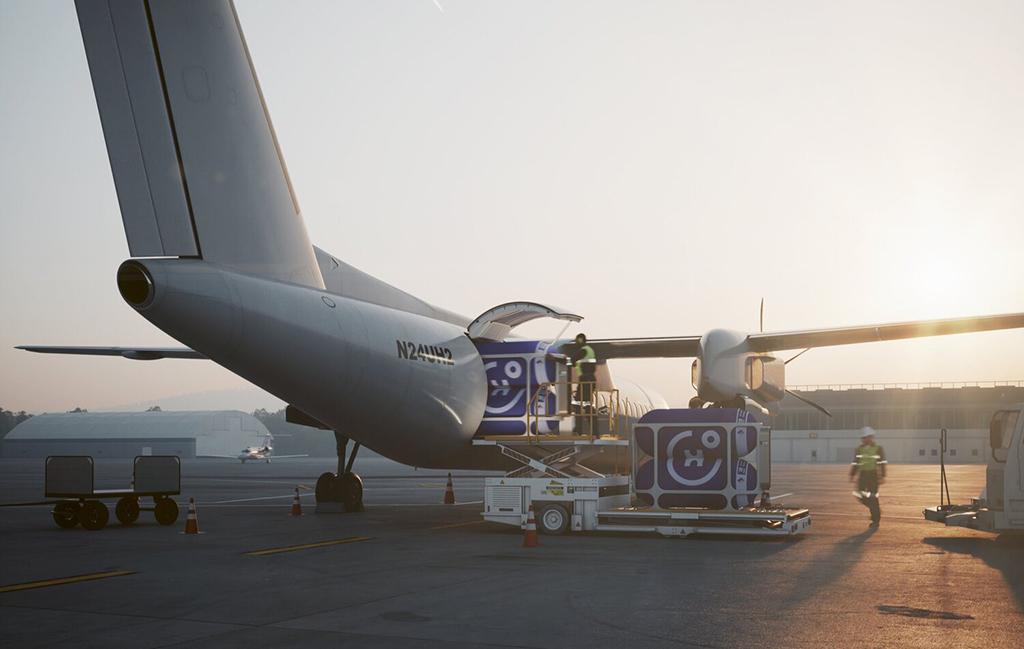
Universal Hydrogen Dash 8-Q300
Startup Universal Hydrogen, with electric motor developer MagniX and hydrogen fuel-cell supplier Plug Power, are developing a zero-emission propulsion conversion for the de Havilland Canada Dash 8, aiming for market entry in 2024. The Dash 8’s turboprops are replaced by 2-megawatt fuel-cell power trains fueled by hydrogen stored in modules loaded into the fuselage before flight.
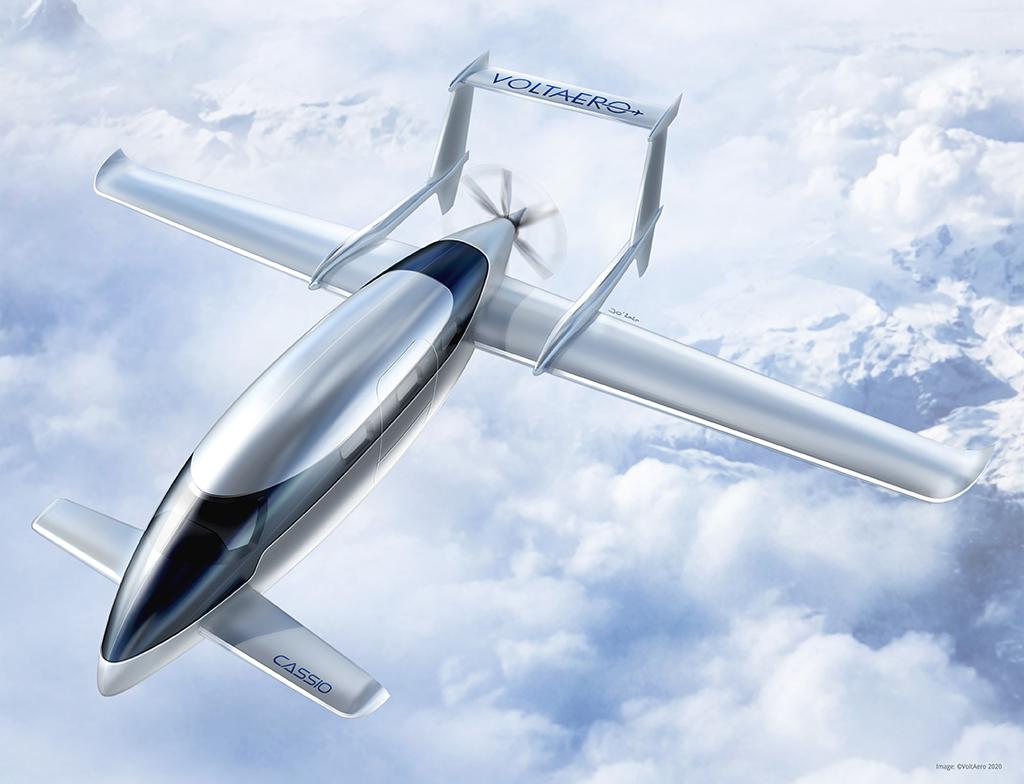
VoltAero Cassio
French startup VoltAero is developing the Cassio clean-sheet family of hybrid-electric aircraft, beginning with the four-seat Cassio 330 planned for certification by the end of 2022. The largest version is the 10-seat Cassio 480, with a 600-kW power train providing a range of 200 km in pure electric mode and up to 1,200 km with inflight recharging of the batteries.

ZeroAvia ZA-600
Startup ZeroAvia is developing the ZA-600, a zero-emission hydrogen fuel-cell power train for retrofit to 19-passenger regional aircraft. ZeroAvia has flown a six-seat propulsion testbed and, supported by a £12.3 million ($17.1 million) UK government grant, plans to conduct a 350-mi. test flight in a 19-seater in early 2023, en route to certification of the conversion by year-end.
Long-established and startup companies around the world are developing hybrid-electric and all-electric regional aircraft with the goal of drastically reducing or eliminating emissions on short-haul flights.
